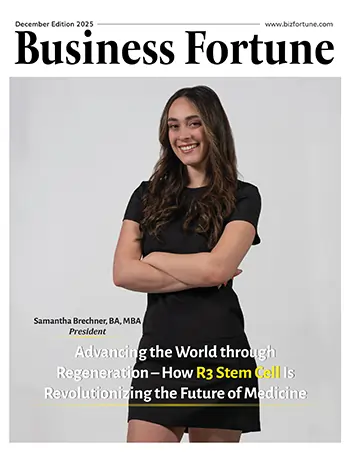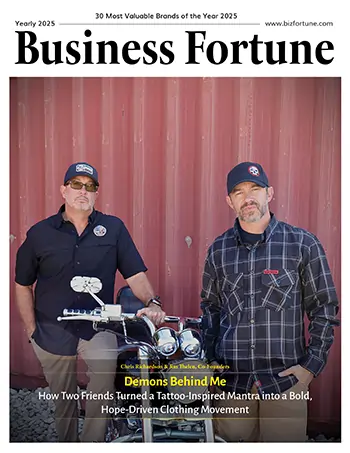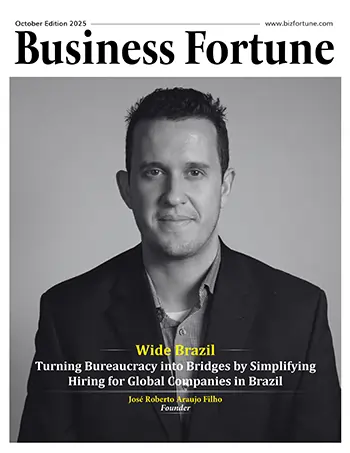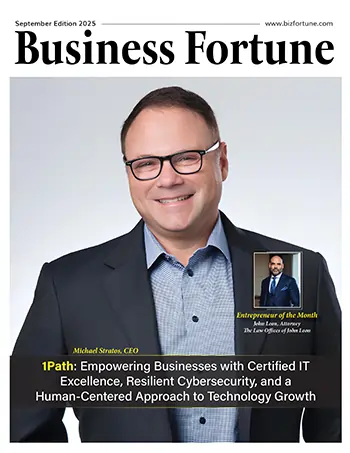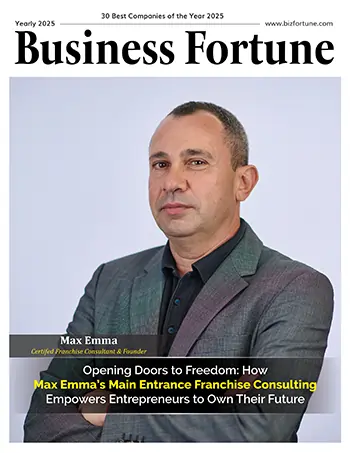Global Best Companies to Watch 2025
Business Fortune
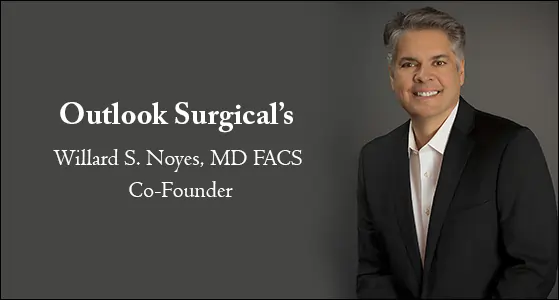
For decades, surgeons have had to choose between straight, rigid scopes that can be operated with one hand and flexible, articulating scopes that allow improved access but require two hands to operate. The surgeon could not easily use a flexible scope in one hand and an instrument in the other. Moreover, traditional systems relied on large instrument towers with numerous cords and subcomponents, which made procedure space limited and setup difficult. Endoscopy towers are expensive and hard to transport, especially in clinical settings with multiple procedure rooms or when traveling to remote locations.
Frustrations in the surgical field led to the establishment of Outlook Surgical. Co-Founded by Dr. Willard S. Noyes, the company originated from a crucial moment during a sinus procedure when traditional tools failed to deliver sufficient visualization. The idea for a new kind of endoscope—one that is small, curved, and modular—was inspired by Dr. Noyes’ makeshift fix, which involved fastening a flexible scope to a curved forceps.
The outcome is the Inova 1 Endoscopy System, a wireless, portable endoscopic platform that combines surgical tools with high-definition imaging. Surgeons can now visualize with or without an attached tool and operate with one hand, which streamlines workflow, improves patient comfort, and lowers expenses. Its portability creates new opportunities for outpatient clinics, field hospitals, emergency rooms, and even space medicine.
In an exclusive interview with Business Fortune, Willard S. Noyes, MD FACS & the Co-founder of Outlook Surgical, shared how Outlook Surgical is transforming endoscopic care, making advanced procedures more accessible, efficient, and adaptable than ever before. Below is an excerpt from the interview.
INTERVIEW HIGHLIGHTS
Outlook Surgical was born from your vision to transform endoscopic technology after years of waiting for industry progress.Could you share the specific moment or experience that ignited this vision and led you to establish the company?
While attempting to remove a mass from the anterior floor of the maxillary sinus, I encountered limitations with my available instrumentation that prevented adequate visualization of the sinus floor. To address this, I affixed the end of a flexible laryngoscope to a curved Giraffe forceps using steri-strips and introduced the assembly transnasally into the maxillary sinus. This adaptation enabled simultaneous visualization and manipulation with a single device. It was clear that the otolaryngologist needed a curved, rigid endoscope as part of their instrument set.
The Inova 1 Endoscopy System boasts a modular design that allows surgeons to attach interchangeable instruments, enabling simultaneous visualization and operation. How does this design enhance surgical efficiency and precision compared to traditional endoscopic systems?
When an endoscope is attached to either a straight or curved instrument, surgeons can operate using just one hand, freeing up the opposite hand for another instrument. Using a single tool that combines both functions not only enhances patient comfort but also simplifies the procedure for the surgeon. Furthermore, when an endoscope is fitted onto a curved instrument, it allows surgeons to visualize and operate around corners during procedures that would otherwise have limited visualization and require a second assistant.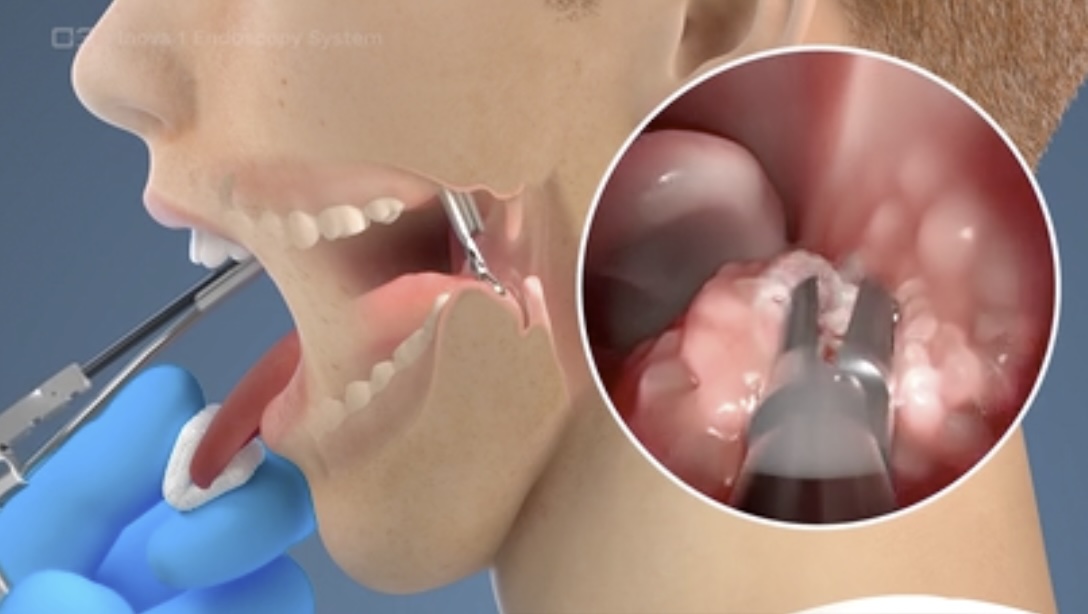
With its compact size and wireless functionality, the Inova 1 eliminates the need for bulky equipment setups. Can you discuss how this portability impacts the flexibility and accessibility of endoscopic procedures in various clinical settings?
The Inova 1 is a towerless, highly portable system with a pocket-sized control display that wirelessly links to any monitor. It requires no dedicated procedure room, large endoscopy tower, computer, or Wi-Fi, allowing surgeons to easily move the unit between rooms and to patient bedsides, ERs, and remote locations.
The Inova 1 is compatible with a wide range of accessories, including forceps, irrigation sheaths, and suction devices. How do these versatile attachments contribute to the system’s adaptability across different surgical specialties?
By connecting the Inova 1 endoscope to an irrigating sheath and a suction device, surgeons can clean the lens without having to remove the scope from the patient’s nose or throat. This approach significantly reduces procedure time. The use of a curved irrigation sheath makes it possible to achieve 0 to 90° visualization simply by rotating the wrist, providing access to areas such as the frontal sinus, maxillary sinus, oropharyngeal and laryngeal regions—all without needing to switch scopes.
Outlook Surgical emphasizes enhanced clinical applications, improved patient experience, and reduced healthcare costs. How do you balance these often competing goals during your design and development process?
This part was straightforward.We prioritized the needs of surgeon, with a focus on patient comfort and reduced payer costs. The alternatives available were too complicated, cumbersome, and expensive. By creating a design that was both compact and easy to use, we were able to integrate all the necessary features effectively.
How do you cultivate and balance a culture that both encourages bold, creative thinking and ensures rigorous evaluation and safe implementation—particularly in the development of high-stakes, innovative medical technologies like the Inova 1?
Predicting innovation is challenging, but decades of experience help identify recurring frustrations that drive change. If you believe an innovation meets a real need, decide if you’re passionate enough to pursue it despite risks and uncertainty. Experience reveals that common frustrations often go unaddressed due to comfort with the status quo but recognizing them can inspire progress.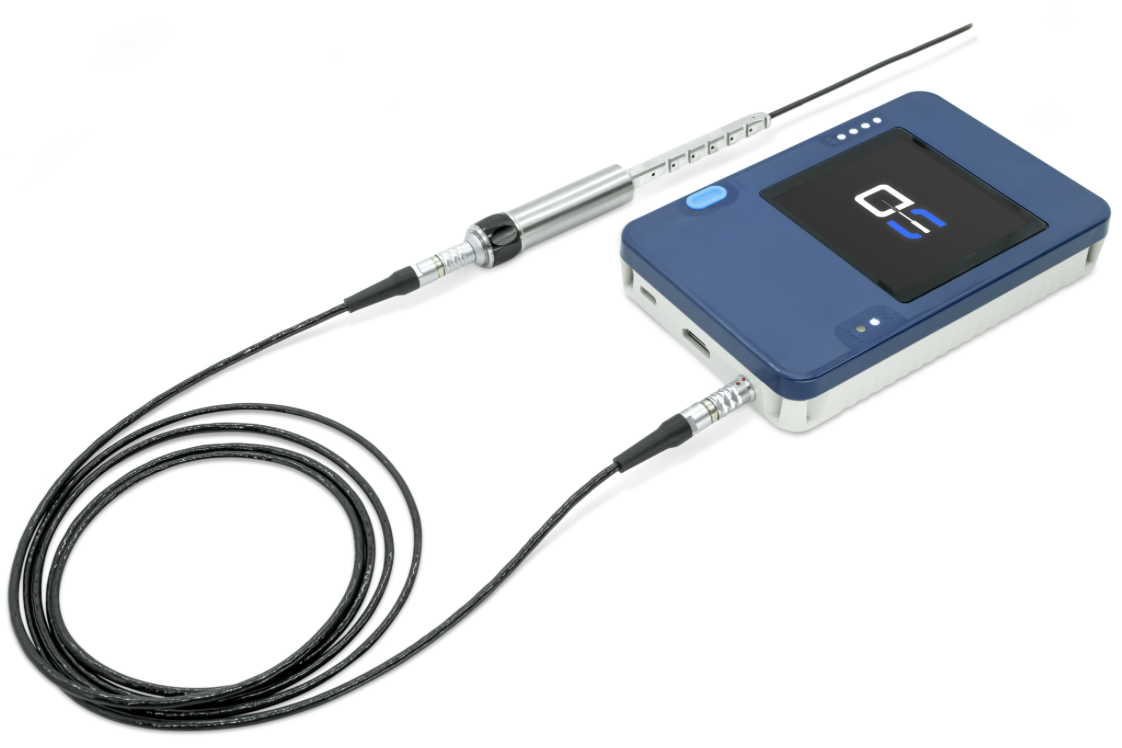
Beyond traditional surgical environments, the Inova 1 is being explored for use in humanitarian efforts, military applications, and even space missions. What are the key challenges and opportunities in adapting the system for these diverse and demanding settings?
The Inova 1 platform combines all the features of a full-sized endoscopy tower into a compact and portable device that is small enough to fit in your pocket or carry-on. Its lightweight design and flexibility make it ideal for both human and animal fieldwork, particularly in locations where heavy equipment cannot be easily transported—such as ambulances, military battlefields, and outer space. This versatile tool represents a significant advancement in surgical technology.
Looking ahead, how does Outlook Surgical envision expanding its impact beyond traditional surgical settings?
Outlook Surgical develops innovations that simplify surgeries and support their move from traditional operating rooms to more cost-effective outpatient clinics. Besides ENT procedures, the company is developing a simplified orthopedic arthroscopy system for single-portal in-office use and expanding into veterinary applications for both clinical and off-site field work.
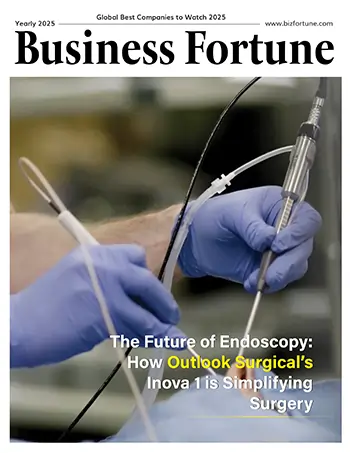
About | Dr. Willard S. Noyes
Dr. Noyes is an Otorhinolaryngologist with over 30 years of surgical experience. Educated at Thomas Jefferson University and trained at the Mayo Clinic, Dr. Noyes applies his surgical expertise to advance medical technologies that enhance outcomes for both patients and healthcare providers. He holds many U.S. and international patents related to surgical endoscopy, orthopedic arthroscopy, 3D additive manufacturing, and neurostimulation. He serves as Head of Otolaryngology for Christie Clinic in Bloomington, IL. Dr. Noyes co-founded Outlook Surgical Endoscopy Systems in 2017 and now serves as Chief Medical and Innovation Officer. He is a scientific advisor to Decision Sciences Medical Corporation and Capri Medical Corporation.















